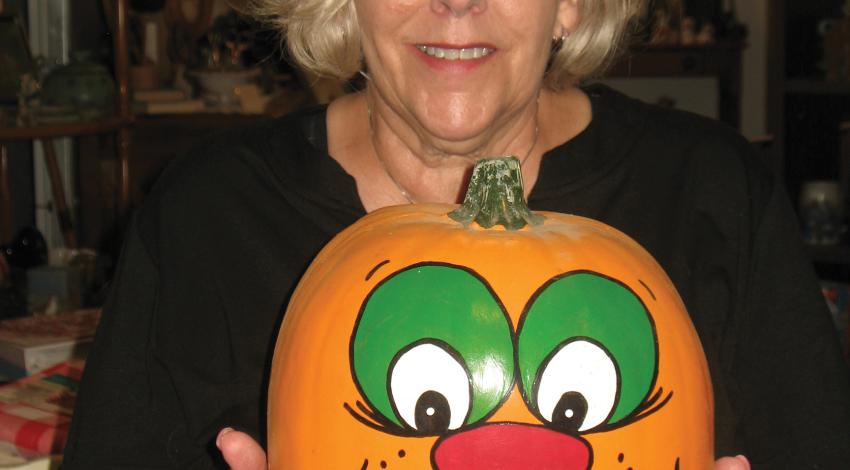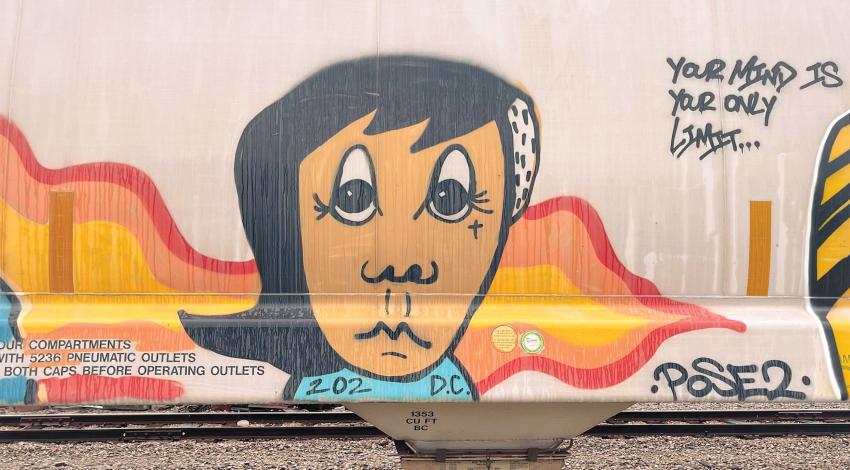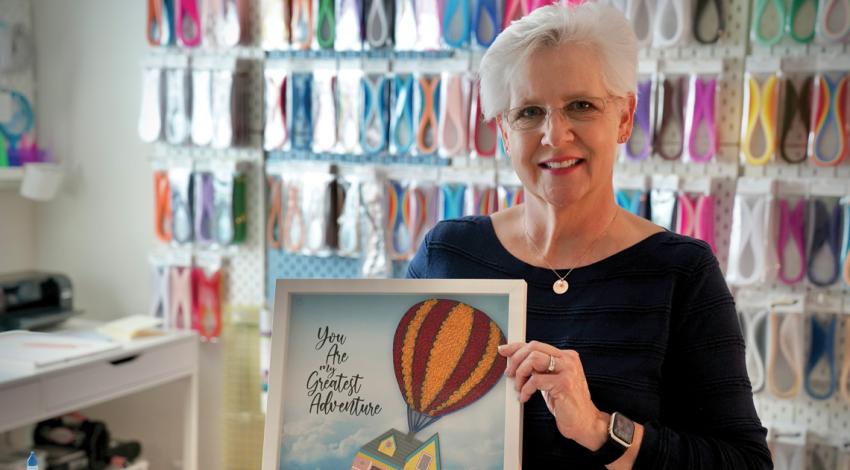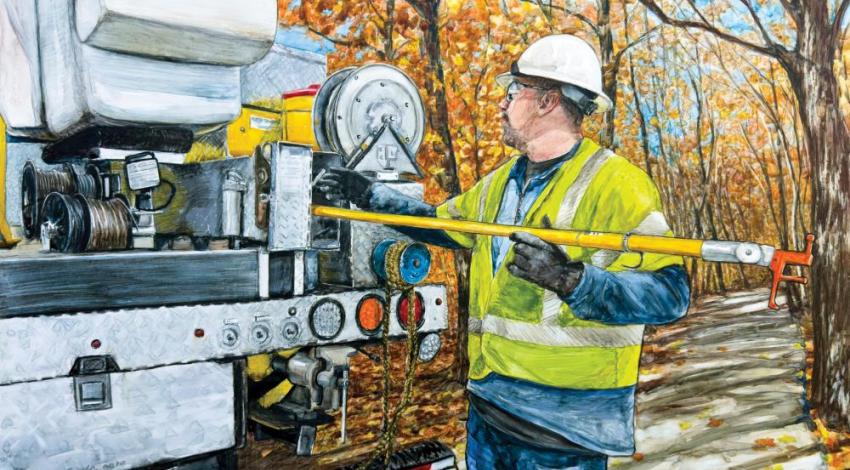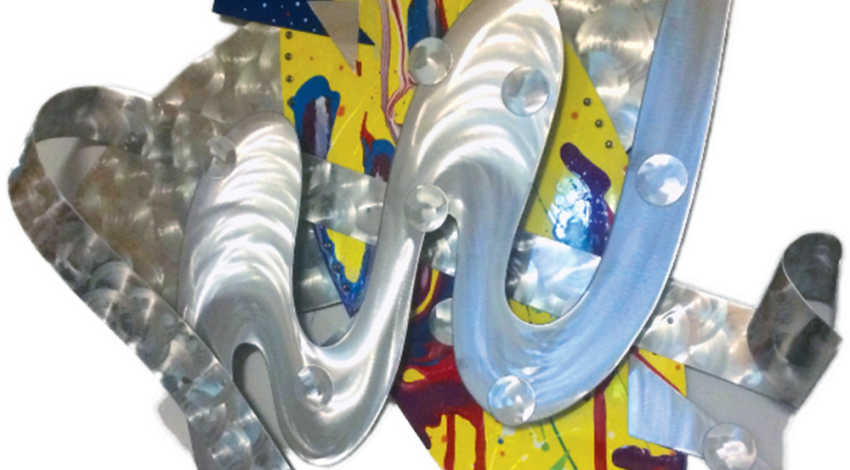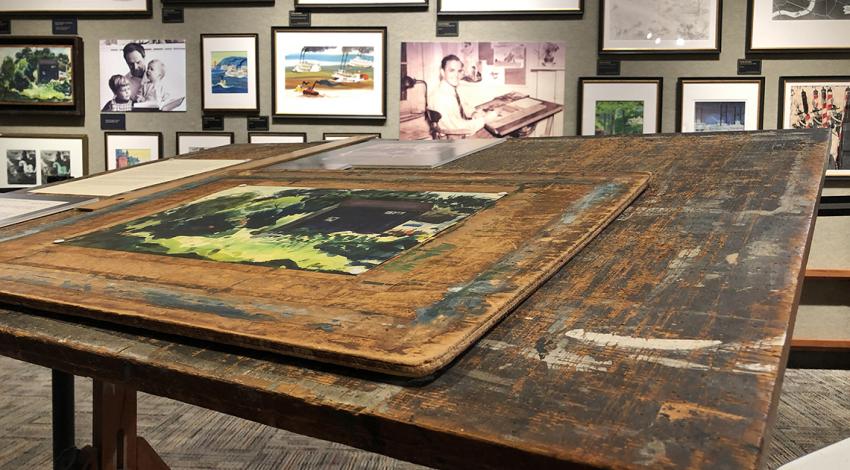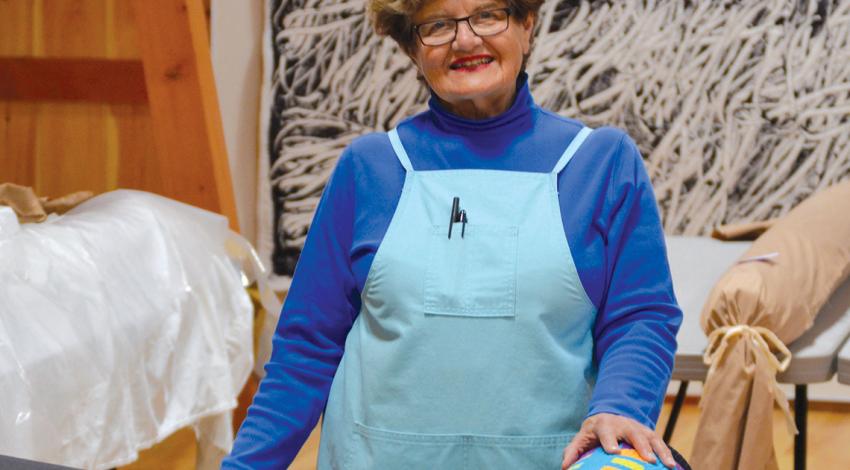What do a church, a brewery, and an elementary school have in common? Each is home to art installations created by the Artifactory, a partnership between two Delaware County artists who work with those groups to create intricate mosaic pieces from recycled materials.
Now she and Corwin teach groups in central Ohio and beyond to create those free-form mosaics that are then installed as permanent works of art.

